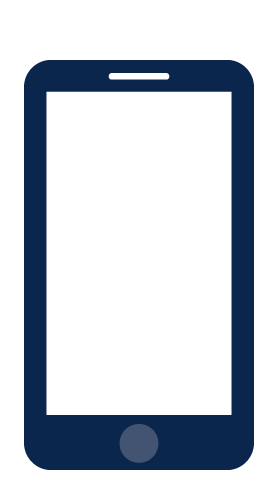INSIGHT
The likely lockdown legacy for business communications
Ofcom recently published a report on mobile phone usage for January to April this year, which concludes unsurprisingly that “Time spent on mobile calls rose significantly this year, as people turned to their phones to keep in touch with loved ones and work from home.”, what’s interesting is exactly how people are working and using their mobiles now and what this may mean post Lockdown 2.0 for business communications.
Less use of traditional voice calls
Many people are not now using their mobile for traditional calls at all in a trend that was consistent both pre and post lockdown. Ofcom’s data shows that more than one in five people (22%) did not make or receive a single call on their mobile network in the first 11 weeks of the year. Ofcom surmises that this is explained in part by the rise of newer communications services such as WhatsApp, Zoom and others for calls, instant messaging or group video calls. If this is the case then we can expect to see the trend to continue, or increase, post Lockdown 2.0 for both social and business use, which has obvious implications regarding the need for the availability of in-building mobile data connectivity. Ideally both Wi-Fi and good cellular data coverage and capacity are required, particularly where visitors to the building may prefer to remain on a cellular network than access the Wi-Fi system.
More strategic use of the office
Enforced homeworking has perhaps given momentum to an existing trend to work from home, with people who have avoided technology now embracing it and employers becoming more trusting where their experience has been positive. Some people, where they are able, may choose to work from home more post Lockdown 2.0, but it is unlikely that this is the end of the office, where mentoring and collaboration can occur more naturally. Virtual meetings have proved their worth in terms of bringing people together quickly and easily and will therefore probably remain, perhaps ‘live’ meetings will now be used more strategically, bringing people together when there are tangible things to be shared or too many people to make conference calls comfortable, or even when there’s a need to read body language and read facial expressions!
BYOD
It has already become intuitive to bring your own device (BYOD), i.e. laptop, tablet and smartphone (with the option to use the smartphone as a hotspot to connect to the cellular network if necessary), for many people, and the flexibility this offers must surely mean that this becomes increasingly common practice. Good mobile coverage across all the mobile operators, not just the corporate mobile phone supplier’s network, is therefore a necessity for forward thinking organisations.
Being untethered from landlines, hard computer connections and power sources has made working anywhere with a reliable cellular or Wi-Fi signal possible, and during 2020 there has been an appreciation of the value of this. However, and wherever we work going forward it seems clear that access online and mobile access is imperative.
Note: For data collection reasons the Ofcom research only used data from Android devices. In the UK the mobile operating systems market is currently relatively evenly split between Android and iOS, each holding around 50%. Though there are slight differences in the demographics of Android devices and iPhone we think that the trends outlined above are general trends which are likely to be common to both groups.




